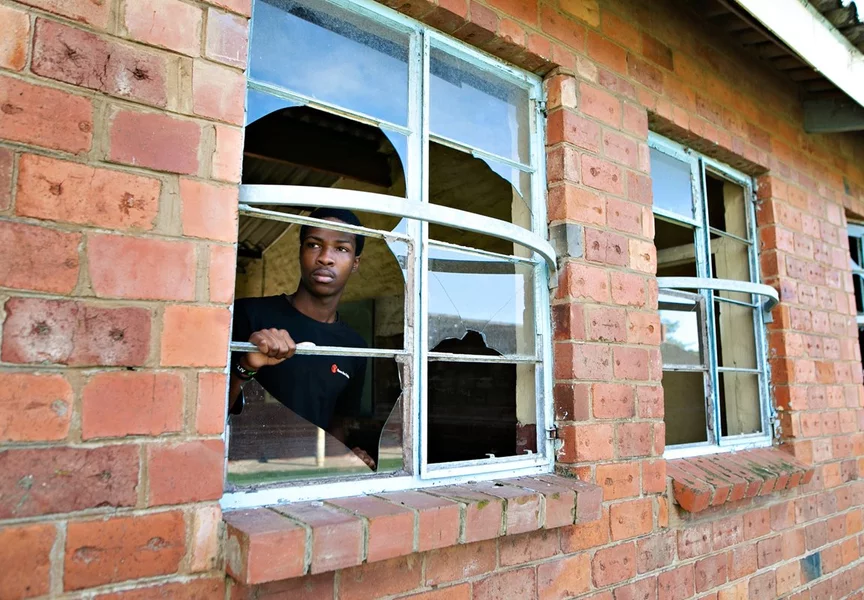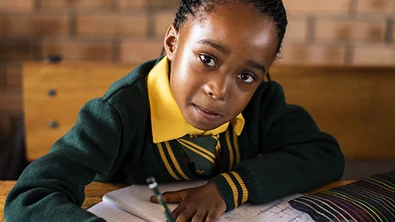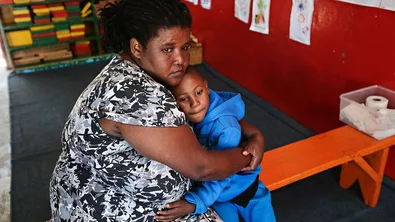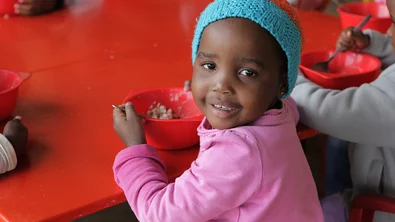The number of international migrants is now estimated to have reached 272 million globally (3.9% of the global population), up by 28 million in just five years. South Africa is a host to migrants on the Eastern and Southern Africa route and works to improve the well-being and development of Unaccompanied and Separated Migrant Children (USMC). The Migration & Displacement programme focuses on increasing access to basic services & livelihood for migrant & displaced children through evidence generation and capacity building of duty bearers and communities. The programmes aim to increase the ability of migrant children's ability to actively contribute to decisions that affect them and access to their rights in host countries.
In the process SCSA has trained duty bearers in the protection of migrant children. It played a pivotal role in facilitating coordihighly gendered phenomenon – gender sensitive programming towards transformation is crucial. Two gender transformative programmes were implemented, specifically targeting migrant girls and youth. Interventions with adoloscents indicated that adolescents in migration tend to be left outside of many programming initiatives as they age out of care and schooling.
In total, 8 082 children and 3 591 adults have bee reached through our migration and displacement programme. The focus of the programme is three-fold as it aims to:
- Increase migrant children’s access to essential services,
- Enhance acceptance, tolerance and integration in host communities, and
- Increase migrant children’s ability to actively contribute to decisions affecting access to their rights.
In the process, Save the Children South Africa has trained 229 duty bearers representing a host of organisations in the protection of migrant children. It played a pivotal role in facilitating coordination across borders as well as nationally and provincially between CSOs and different government departments. The importance of effective case management in cross-border engagements has become more pronounced and seems to be closing a gap that has been existing within the national system.
Migration is a highly gendered phenomenon – gender-sensitive programming towards transformation is crucial. Two gender transformative programmes were implemented, specifically targeting migrant girls. Parenting on the move initiatives focus on including both migrant and local parents on foster care readiness while the capacity building of local health care workers focuses on providing child-friendly health care to migrant children including SRHR for migrant girls.
Through the introduction of adolescent programming, it became clear adolescents in migration tend to be left outside of many programming initiatives as they age out of care and schooling. Support with successful transitioning for migrant children is crucial as it has the potential to create long-lasting breakthroughs or destroy all efforts of childhood care provided to migrant children, who may end up street bound if this gap is not managed well. Life skills and economic empowerment for girls in migration seem to indicate promising outcomes of preventing abusive dependence among girls on the move.
Innovative support such as the provision of data to vulnerable learners contributes to positive school outcomes. With nearly 100% pass rate of all migrant children supported with data in the year.
Sufficient time needs to be invested and allocated to soliciting support and high-level collaboration with partners, particularly with government stakeholders as migration continues to be a sensitive political issue.
Also in this section
Child Protection
Our Goal: To strengthen the capacity of duty bearers through scaling up violence-prevention programmes in 13 districts.
Health and Nutrition
Our Goal: To support the provision of gender-sensitive comprehensive sexuality education (CSE) to 80 000 children, adolescents and young people (CAYP) in 10 districts through strengthened partnerships with local CSOs and government contributing to the reduction of teenage pregnancy and HIV.




